How to heat a conservatory — 7 practical options to consider for year-round comfort
Depending on your requirements and budget, there are various options to consider
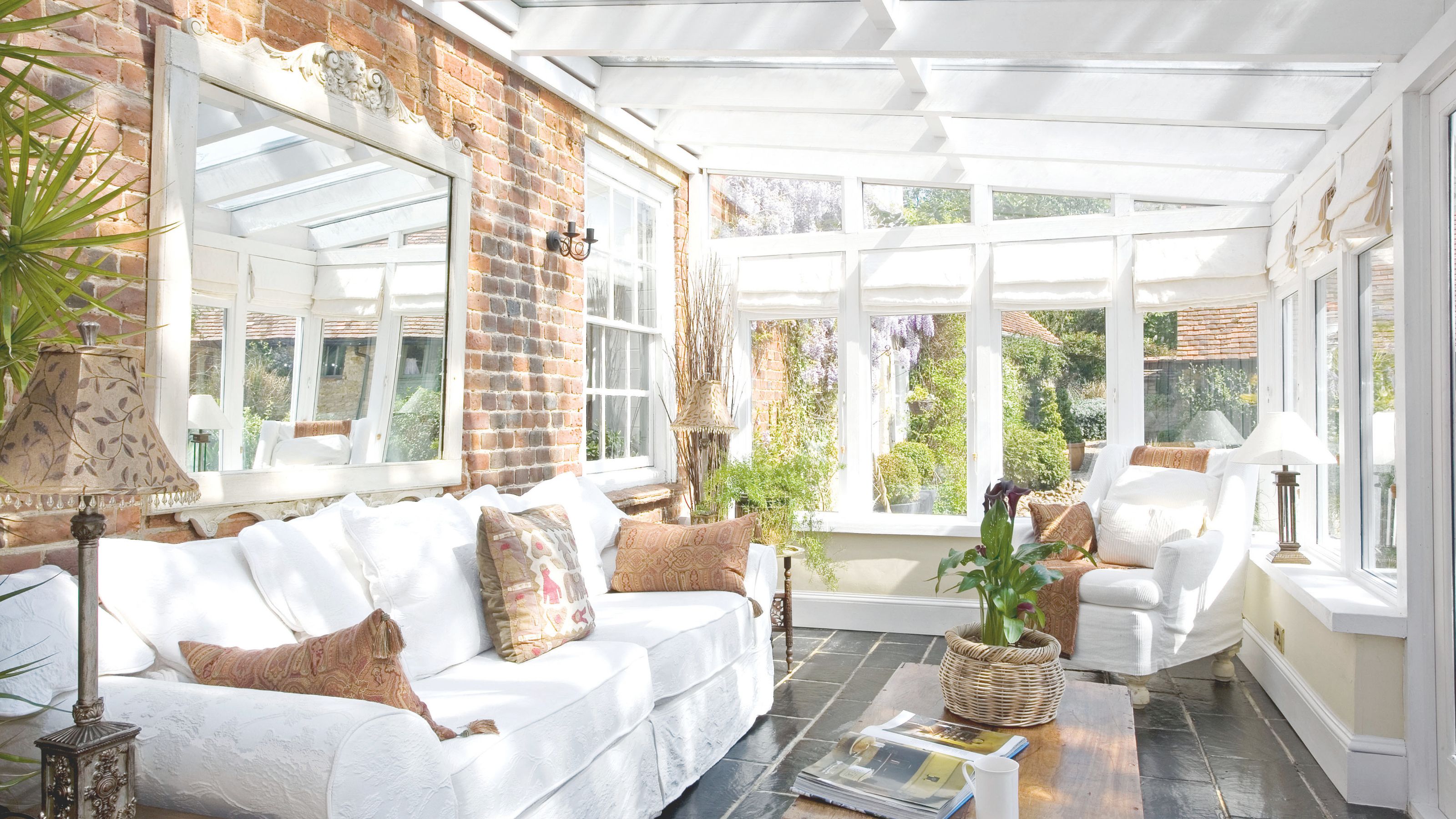
- 1. Plug-in heaters
- 2. Fixed radiators
- 3. Trench heaters
- 4. Underfloor heating
- 5. Skirting radiators
- 6. Log burners
- 7. Air-to-air heat pumps
- Is it worth trying to heat a conservatory?
- What is the cheapest way to heat a conservatory?
- How much does heating a conservatory cost?
- What are the rules for heating a conservatory?
Knowing how to heat a conservatory is key to creating a space that works all year-round.
If you have plans to add a conservatory, you'll be keen to avoid all the problems that older additions have, like being roasting hot in the summer and freezing cold in the winter. And a huge part of that will be choosing the right heating system from the get go.
While there are plenty of ways you could make an existing conservatory warmer, installing an appropriate heating option when the conservatory is built is key to getting the best result at the best cost.
How to heat a conservatory
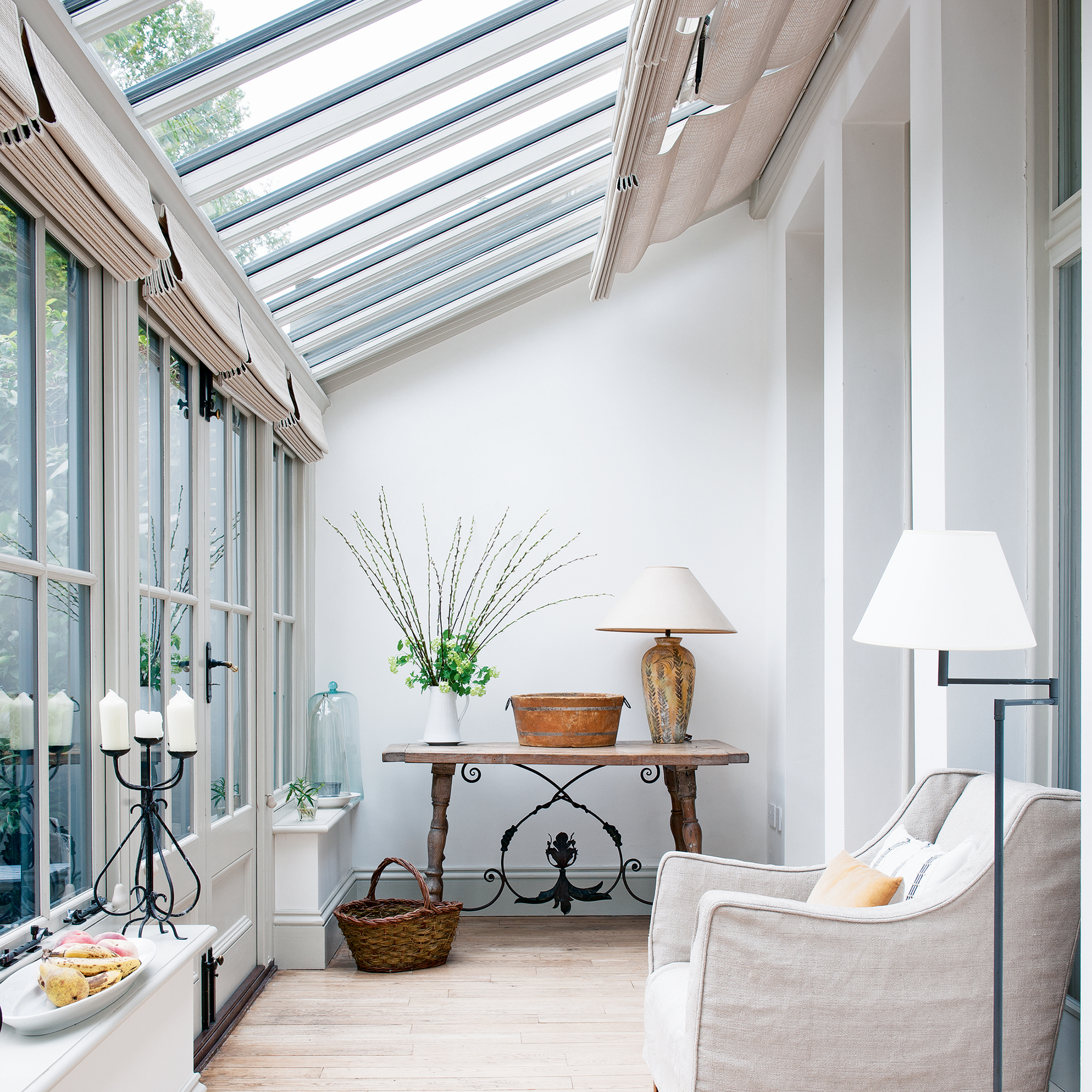
There are a few options available to homeowners wanting to heat a conservatory at various price points and efficiency. Which you choose will depend on regularity of use, cost and size and style of your conservatory.
Conservatories are often not connected to the main central heating system, are uninsulated and might require building regulations for additional heating, so bear this in mind before deciding.
1. Plug-in heaters
Buying a space heater or a portable radiator (usually an oil-fired option) are ideal for warming up a conservatory as and when you need to. The choice of ceramic heaters vs fan heaters, and electric heaters vs oil-filled radiators has been a debate raging since working from home became common.
These are really easy to buy, can be moved to wherever you need them and are used on demand. They're also a great idea for existing conservatories.
Sign up to our newsletter for style and decor inspiration, house makeovers, project advice and more.
But they're not a built-in solution, and so they might feel a bit messy, and there are other options worth considering if you have the opportunity to install them from the get-go.
2. Fixed radiators
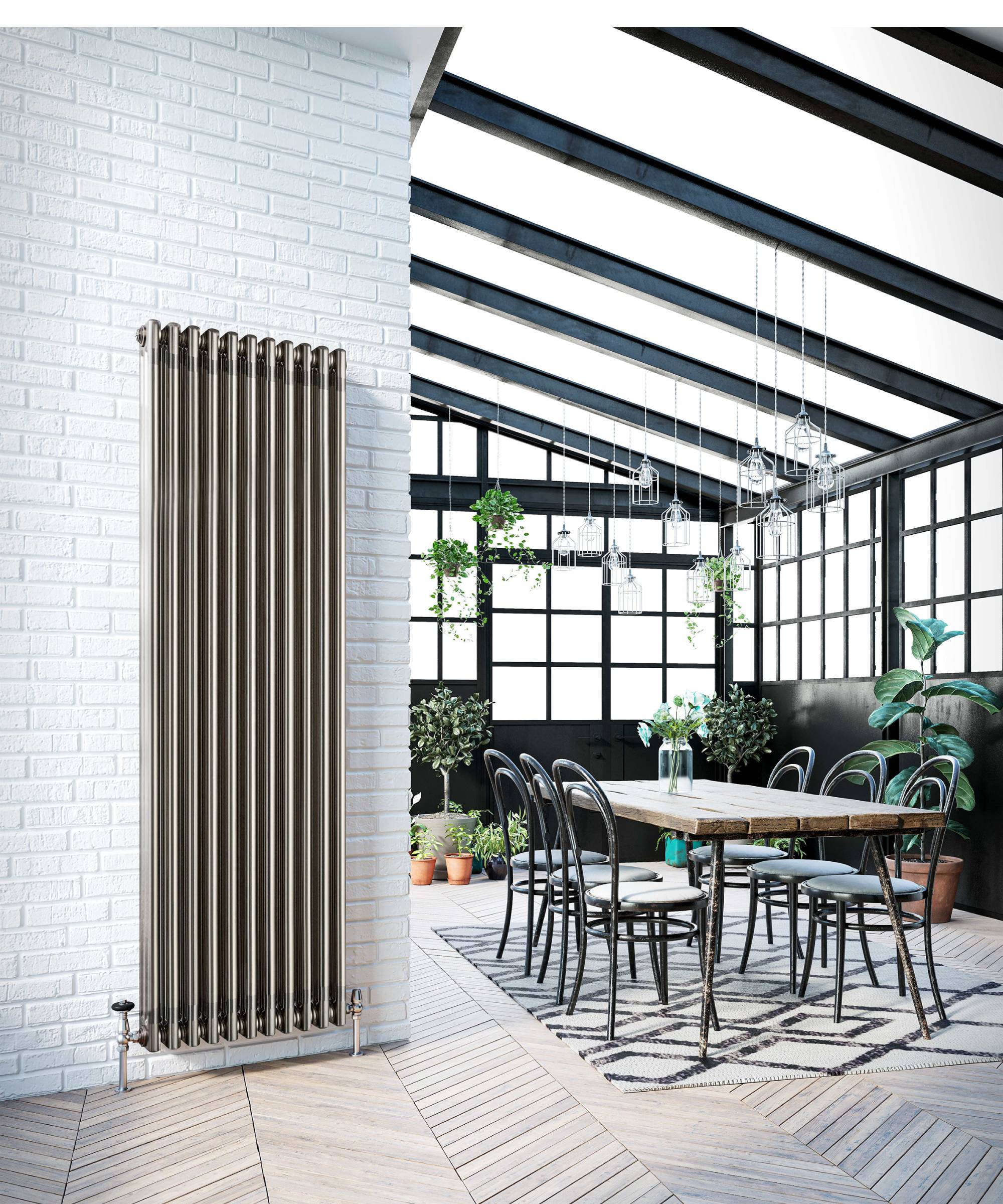
A more permanent option for a long-lasting conservatory would be a fixed radiator on a wall.
'Vertical radiators can be a good option for conservatories as technological advances have resulted in radiators that are smaller, yet far better at producing heat,' explains Nick Duggan, director, The Radiator Centre.
'Modern electric radiators come with a whole host of controllability helping with energy consumption and more and more are now available with smart technology too, allowing the user to control the radiator from an app,' adds Nick.
However, if your new space is separated from the rest of your home by an external wall and an external-grade door, you will not be able to connect to main central heating without conservatory building regulations approval. You may also have to apply for planning permission.
3. Trench heaters
With radiators needing to be fixed to a solid wall, a conservatory with walls primarily made of glass may prove problematic.
'We recognise that in some circumstances, where there are significant amounts of glass, it is not possible to have radiators at all,' says Nick.
'In these circumstances trench heating installed in the floor is often a viable alternative. Trench heating is perfect for use with glass bi-fold doors or large expanses of glass as the heat coming up from the trench acts as a kind of "air curtain". This minimises heat loss and restricts draughts, as well as preventing window condensation.'

Nick has been working at The Radiator Centre for over 20 years and has a wealth of experience heating homes to suit homeowners needs.
4. Underfloor heating
As conservatories have limited wall space for radiators, underfloor heating can be a compelling option - electric models can also remain separate from the main house’s central heating, keeping the installation simple.
New underfloor heating will require building regulations permission, however. Plus the running costs for electric UFH could be higher than other options on this list.
5. Skirting radiators
Skirting radiators are also an increasingly popular alternative to underfloor heating, too.
There is limited disruption, they heat a room quickly and efficiently, and don’t impact floorspace.
As with underfloor heating, skirting radiators can be connected to a boiler or heat pump central heating system, but they can also use electricity.
6. Log burners
Wood burning stoves don’t just provide warmth in space, but they also create an inviting atmosphere - which could be what your conservatory needs.
'A wood burning or multi fuel stove is an efficient heating solution that will also add cosiness to the space,' advises Jon Butterworth, director at Arada Stoves.
'It is very unlikely that your conservatory will have a chimney, so it is common for homeowners to install free-standing stoves meaning the flue is exposed within the room before it passes through the outside - either via a wall or the roof,' he explains.
'A flue can be built through your conservatory roof but it would need to be a twin wall flue pipe as it has an insulated layer, preventing the outside from becoming too hot.
'Installation will also vary depending on what the conservatory roof is made of, so always speak to a qualified installer who will be able to advise you on the best option for you before you start building work.'

Jon Butterworth is Managing Director of Arada Stoves, one of the UK's leading suppliers of stoves including solid fuel, gas, boiler and bioethanol options, as well as outdoor products too.
7. Air-to-air heat pumps
Air-to-air heat pumps would solve problems not just for heating a conservatory, but cooling it during a heat wave, too, as they act like an air conditioner, but work for heating as well as cooling.
They work best in compact spaces and use a small amount of energy to control the climate, which makes them a cost-effective choice.
Air-to-air heat pumps will also not need to be connected to the main heating system, so installation is relatively simple and it shouldn't impact building regulations requirements.
Is it worth trying to heat a conservatory?
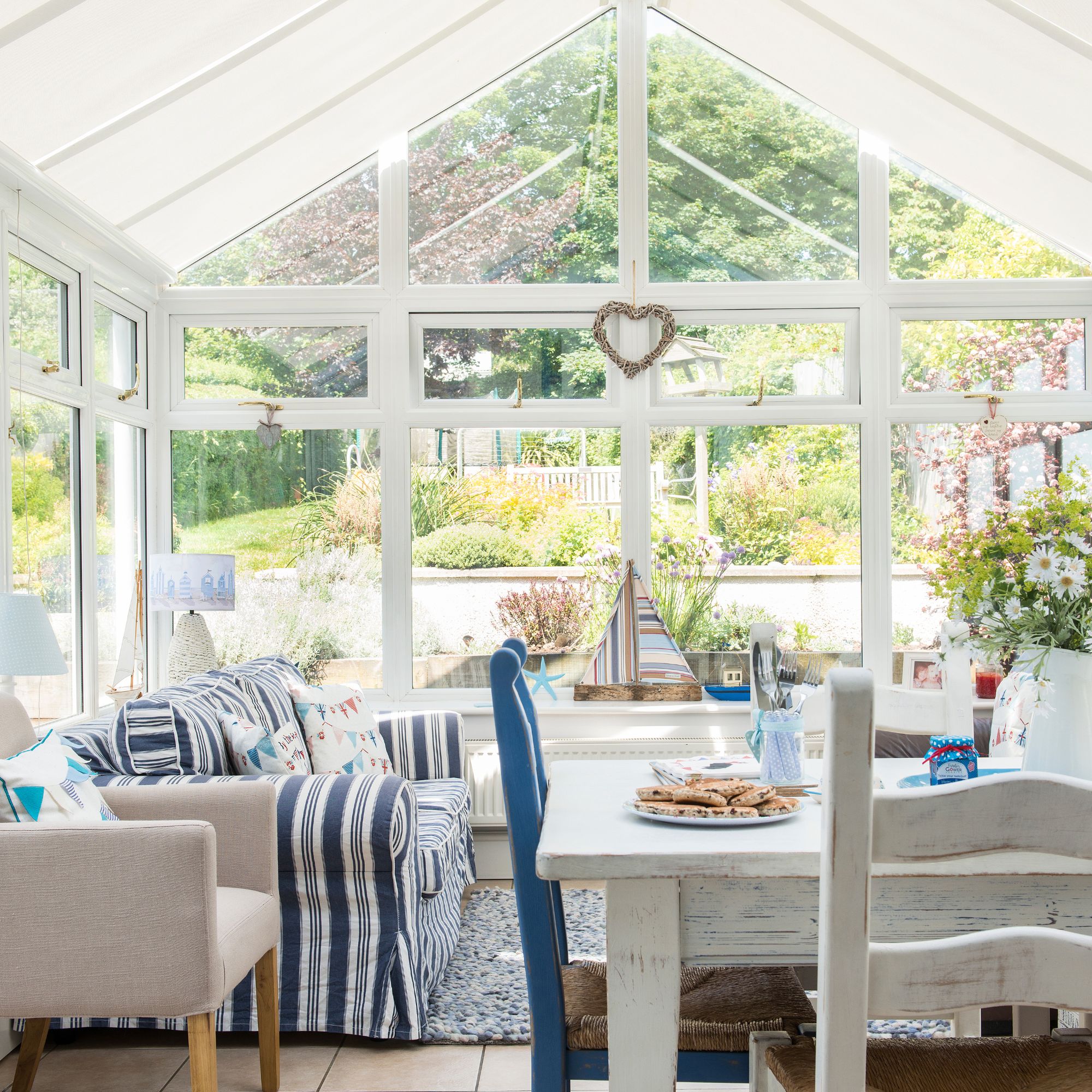
Conservatories are usually extremely uninsulated, which is why they fluctuate in temperature so much.
Therefore, homeowners should question if heating a room just for it to escape through the structure is worth the cost at all.
For some, the increase in usable days means that the investment in a heating system is worth it, but for others this might not so easily be justified.
Instead you could consider insulating your conservatory. While it may add to the initial cost, you could benefit from savings when it comes to heating and cooling in the long run.
What is the cheapest way to heat a conservatory?
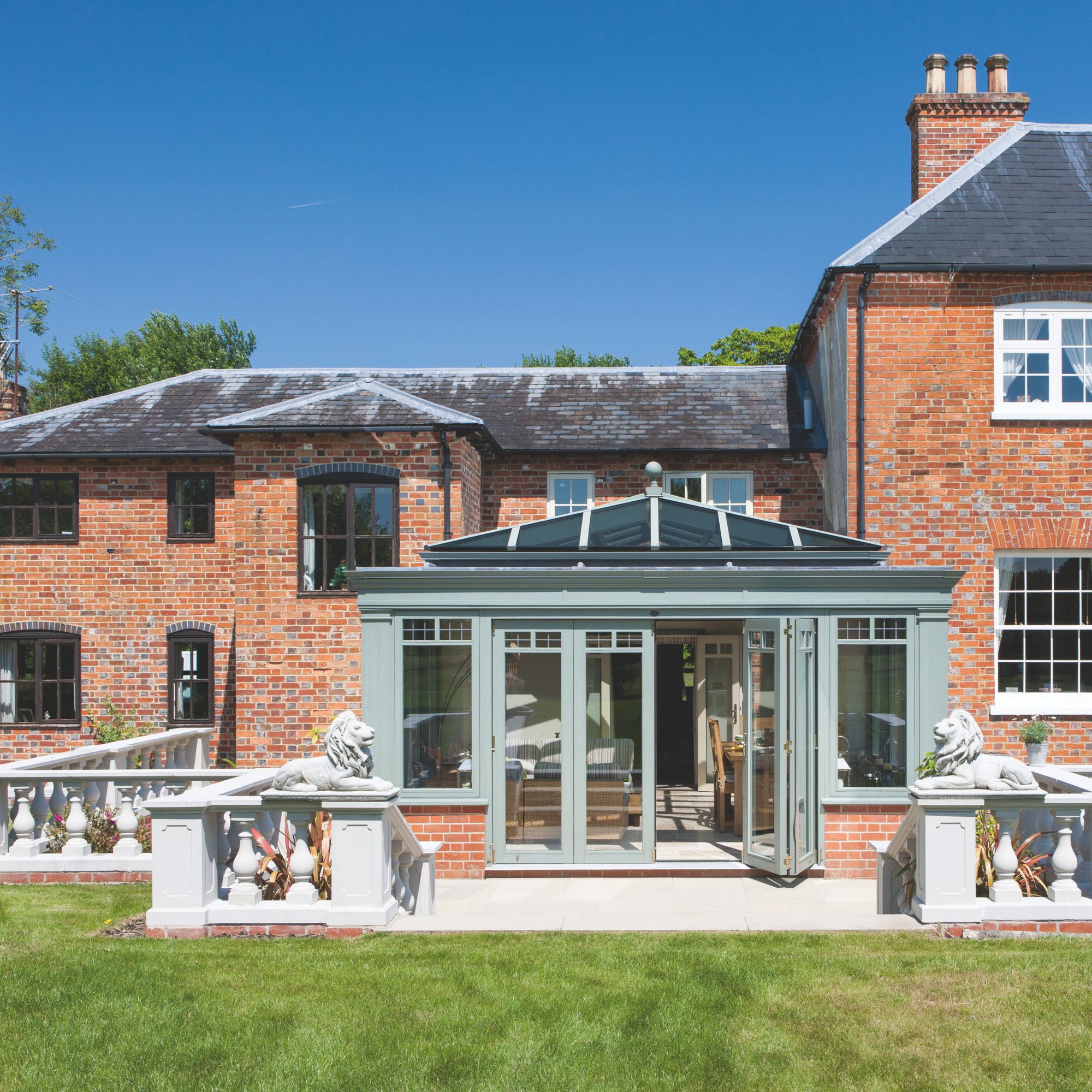
The cheapest way to heat a conservatory is to insulate the space, incorporate some conservatory blinds and rely on the heat generated by the sun. But if you are looking for a specific heating solution, then purchase a plug-in heater or to use an electric radiator are likely the most cost-effective options.
Both of these options will allow you to heat the space only when you need to, which keeps running costs to a minimum, and require little in terms of initial outlay.
How much does heating a conservatory cost?
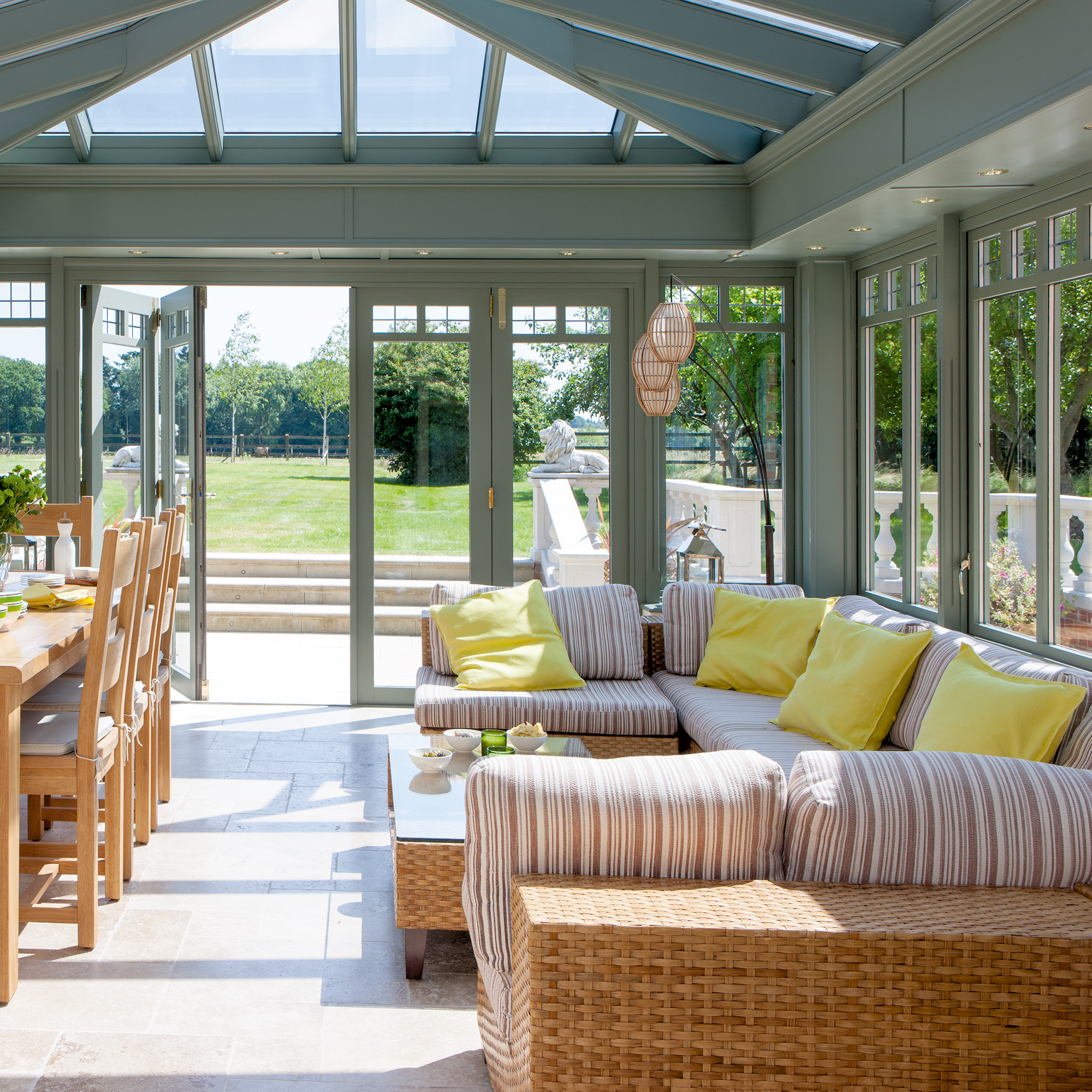
The costs to routinely heat a conservatory and keep it at a comfortable temperature will depend on your heat source and the size of your conservatory, as well as how much you pay for your energy.
A plug-in heater or electric radiator are cheap to buy, but if turned on all day will be inefficient. However, an air-tor-air heat pump may be more expensive to buy upfront, but may be more effective at ensuring a comfortable environment.
It's best to speak to a reputable conservatory company about the best options for your specific project and requirements.
What are the rules for heating a conservatory?
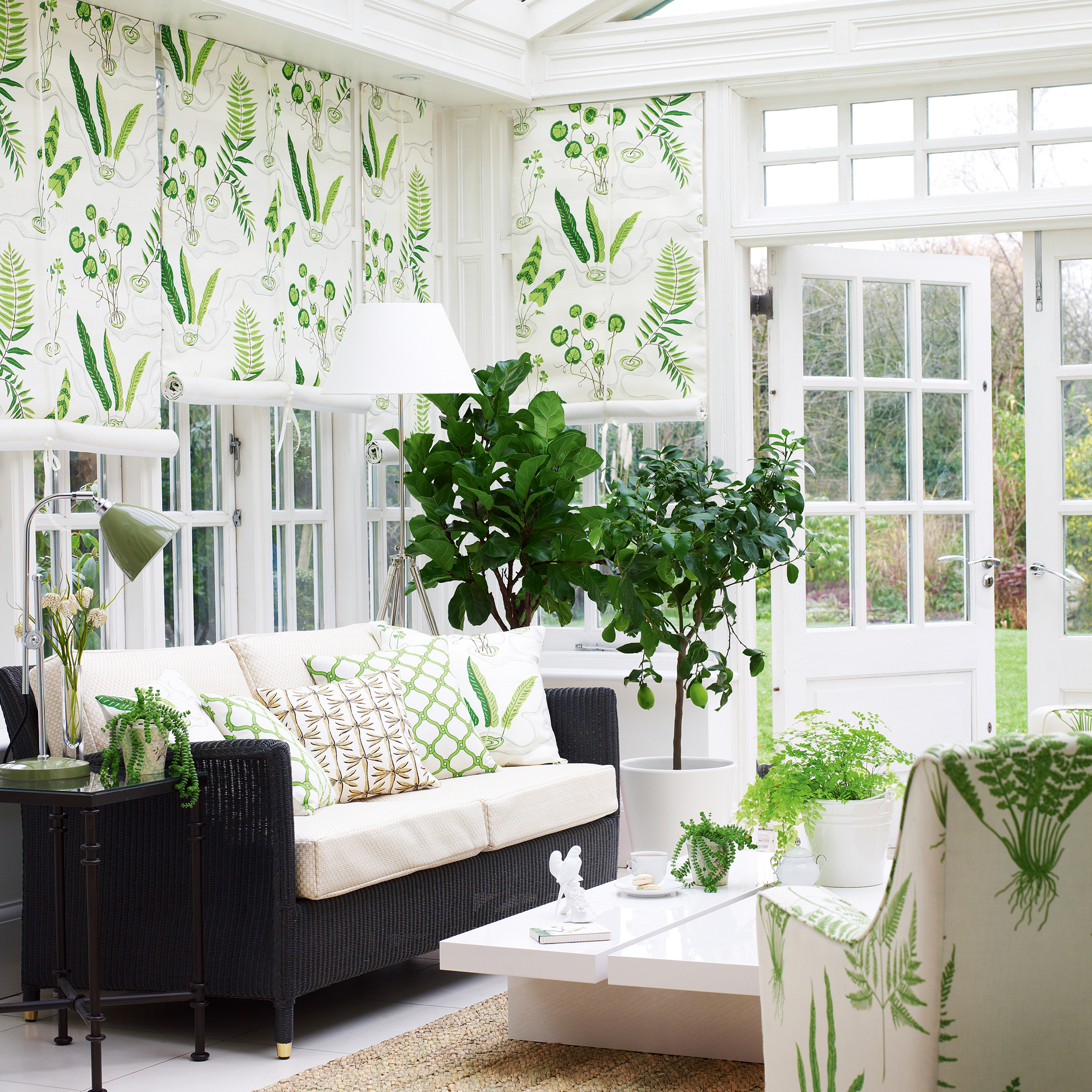
Generally the rules on heating a conservatory are pretty clear.
If the conservatory heating system is separate from the heating system for the rest of the house, then you shouldn't need planning permission or building regulations approval.
But for radiators connected to the main central heating, or any new underfloor heating or heat pump, you will need to check with your local authority as to whether you need permission from Building Control.
It’s always best to be safe and within the rules when making changes like these to your home and avoiding or circumventing the rules might devalue the market value and saleability, or even leave you facing legal action.
While keeping your conservatory warm might be a priority throughout a lot of the year, for those really warm days, you'll need to know how to keep it cool too.
Amy is an experienced interiors and renovation journalist. She was Assistant Editor of Ideal Home's sister brand Homebuilding & Renovating for five years, before becoming an editor for Independent Advisor. Amy is also an experienced renovator herself. With her partner, she has renovated a mid-century property on a DIY basis, and is now taking on an 1800s cottage in Somerset.
You must confirm your public display name before commenting
Please logout and then login again, you will then be prompted to enter your display name.